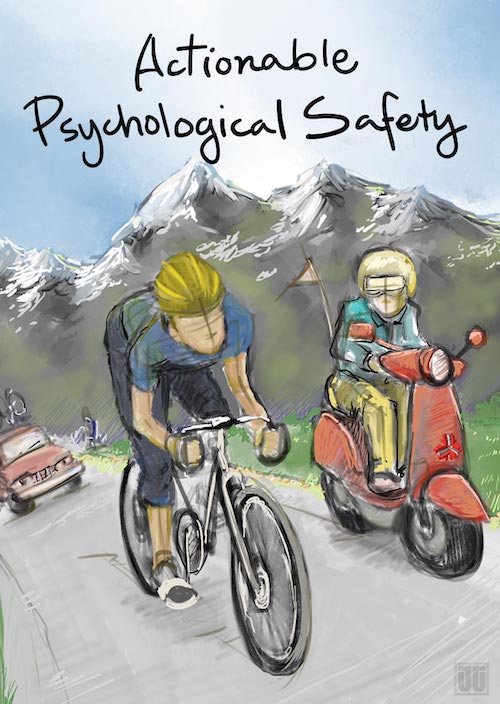
In Jan 2022, it was reported that 4.3 million people left their jobs in November 20211. The Great Resignation, the Great Reshuffle, the Great Sabbatical: the necessity for self-care and people-first approaches is obvious. How can we address this? How do we prepare for what’s next? And most importantly, how do we look beyond the manager or the company in which we struggled?
If a factory is torn down but the rationality which produced it is left standing, then that rationality will simply produce another factory. If a revolution destroys a government, but the systematic patterns of thought that produced that government are left intact, then those patterns will repeat themselves... There is so much talk about the system. And so little understanding. Robert Pirsig, Zen and the Art of Motorcycle Maintenance
We humans have a tendency to want to simplify systems to a single face, name, or someone to point the finger at. But simply replacing one individual with another, without examining the surrounding environment, often results in the same challenges. This is because the individuals and figureheads are part of an interconnected system which creates the challenges that we experience.
But I think we can do better. I challenge us to not go down the path of finger pointing. While holding self-care intact, can we point the finger toward ourselves? Put differently, what can we do to influence the system so that we can move beyond surviving in the hopes of thriving? I suggest three areas on which to focus: Compassion, Incentives & Motivations, and Structures.
Compassion
Having empathy and compassion for all individuals within the system facilitates the freedom to examine the system. What if we acknowledged that we are all human? (This might require self examination (which is notably challenging given this might require the acknowledgement that we are like those that we do not wish to be like).) What would happen if we believed humans generally behave in human-ly ways? As opposed to approaching our challenges as specific and unique to individuals and interactions, we start to understand the themes and commonalities of the human experience (e.g. motivations, triggers, past experiences, hopes). We can then move beyond holding one person accountable for all of our human experiences and we can start to understand what in the system is inciting, or incentivizing, behaviors.
Incentives & Motivations
If we want to be in a better environment, we must look at what is incentivizing the environment. Watch the leaves on a plant in relation to the sun. Some turn their leaves towards the sun. Others start to wilt. Humans are the same way. Understanding incentives unlocks the rationale behind why people do the things they do - even when they say something different. How many conference talks and lectures do we hear about teamwork and collaboration that are being taught by one person? How many times do we hear about the need for quality but rush to meet a tight deadline? How often are we asked to innovate but cannot safely communicate failure or the lessons from failure? How often do organizations claim they need to change but investors want guaranteed returns? The behaviors that we want are directly impacted by the incentives that motivate the people in the environment.
Structures
How often have we heard “they mean well”? I tend to believe people mean well. However, the structures in place may not be enabling that well intention. Further, the “habitability” of their environment might not be sufficient. As in life, it happens in organizations too, often there is shared agreement to invest in innovation but in practice, running the business (RTB) requires a large part of the funding. Further, innovation and RTB might be the responsibility of different teams, even though they are working on the same product often causing misalignment in the day-to-day operations of those teams. The structures we create can expedite the incentives and goals we have or it can derail.
All of this requires energy, again self-care is pertinent, and this post is about creating an environment where that self-care can happen easily. With this we can start to more thoughtfully move from mechanistic organizational structures that facilitate work but disregard humans to more organic workflows that can optimize for the people performing the work. Most importantly, changing a leader while maintaining a mechanistic structure still results in the disregard of humanity.
There will always be oppressors in a system of oppression. How do we transform systems of oppression into systems of compassion? I hope that we can do it together.





